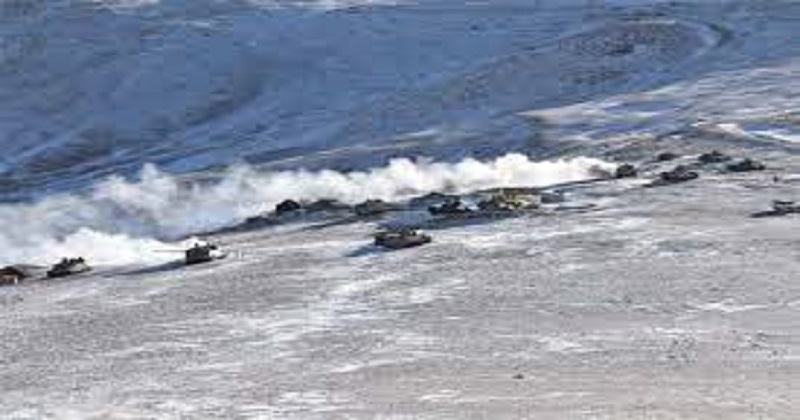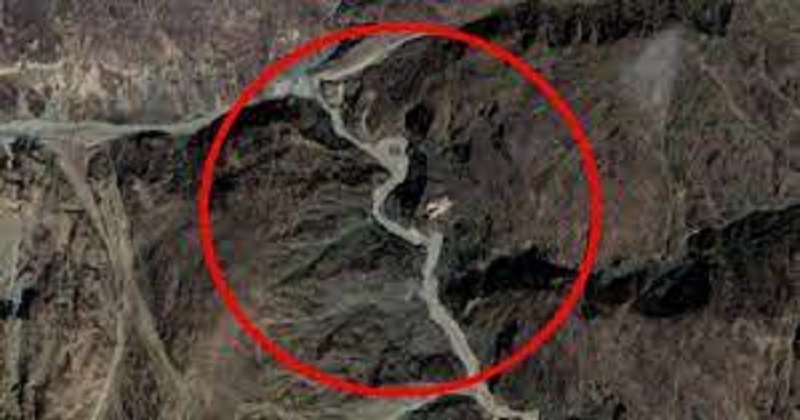
Ladakh: The Galwan Valley was the scene of a violent clash between Indian and Chinese forces on June 15, 2020. India lost 20 soldiers during the clash, triggering a lengthy standoff with China followed by at least 11 rounds of talks on the disengagement process. Weeks before the clash, tensions were high at the Line of Actual Control (LAC), with both sides deploying an increased number of soldiers at the border. It was claimed by India that China had encroached on Indian territory. Two local military commanders of both armies met on June 6 to discuss a mutually agreed disengagement process.
An Indian commander went to inspect the Chinese camp after noticing one in the area. A buffer zone was supposed to be established between the two armies. Deaths and injuries resulted after this argument escalated into a fight. Although no shots were fired, a year-end review by the Defence Ministry reports that China used ‘unorthodox weapons’ at Galwan.

China acknowledged for the first time in February 2021 that five Chinese military officers and soldiers were killed in eastern Ladakh. The Indian Army needs to have long-term deployment capabilities as well as the capability to respond to immediate situations in the region. The priority should be protecting both man and machine as well as ensuring turnover of troops to maintain morale and combat fitness.
As a final point, diplomatic efforts should continue at all levels, whether they are carried out at the level of corps commanders or at the level of foreign secretaries/ministers. A message can be conveyed with the kinetic force for a limited period as well as resolving disputes through dialogue, which takes time to resolve.
Talks end in stalemate
At Patrolling Point 14, major generals from both armies met following the clash, which resolved the situation. The Indian Army’s ten captured soldiers were returned to India on June 17 after talks between the two nations. Prime Minister Narendra Modi addressed the nation, saying, ‘We want peace. But on provocation, India will give a befitting reply.’
The Corps Commanders of the Indian and Chinese armies met on June 16 and reached a ‘mutual agreement’ to disengage. No plan was drawn up and a series of meetings and diplomatic talks ended in a standoff. According to sources in the army, the standoff will last well into the winter, after a meeting between XIV Corps Commander Lt General Harinder Singh and Southern Xinjiang Military Region Commander Major General Liu Lin.

In May, India tried to restore the status quo ante, with its troops returning to the areas where they were before the faceoff began. Five days after the clash, a spokesperson for the Chinese Foreign Ministry Zhao Lijian asserted that Galwan Valley was on the Chinese side of the Line of Actual Control along the west boundary between China and India. China has had border troops patrolling and on duty in this region for many years. Through the end of 2020, there was some escalation in Pangong Tso, one of the most contentious sectors nearby, when government forces in China claimed to have fired warning shots.
Read more: Breaking News: Fire breaks out at Safdarjung Airport
Breakthroughs and disengagements
In February 2021, the first major breakthrough was reached in the nine-month military standoff. China’s Defence Ministry announced that Chinese and Indian troops on the southern and northern shores of Pangong Tso began ‘organized disengagement’. During the ninth round of military talks, held on January 24, the Commanders of the Corps reached an agreement that was in line with the consensus reached. The Chinese Ministry of National Defense spokesperson, Senior Colonel Wu Qian, said in a written statement: ‘The Chinese and Indian frontline troops at the southern and northern banks of the Pangong Tso Lake start synchronized and organized disengagement on February 10.’

Post Your Comments